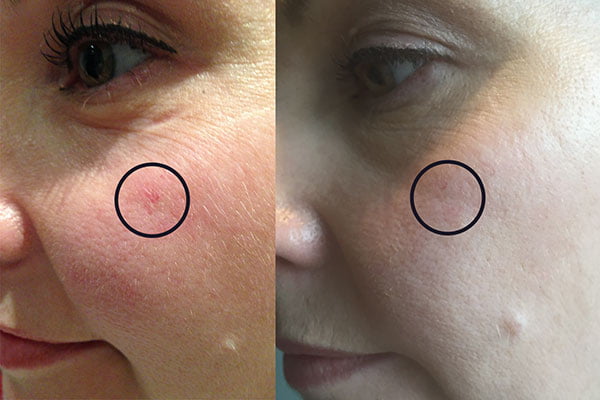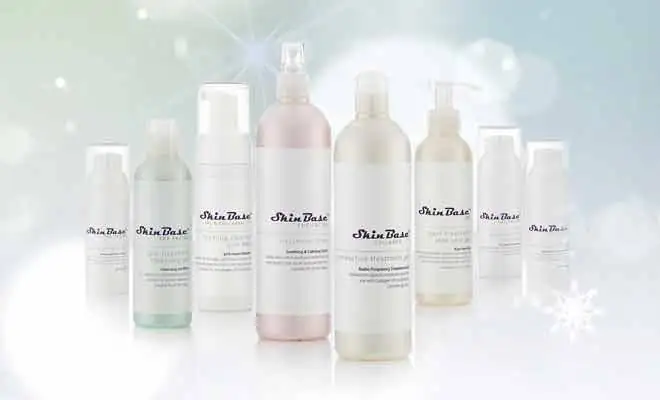You know the ones we mean, little red things ruining our lovely looking skin. Where do they come from? What causes them? What can we do about it? These are the questions we had so we went to ask our experts and see what they had to say on the matter.
What causes thread veins?
Also known as ‘spider veins’ or ‘broken veins’ they appear as small red ‘spidery’ lines commonly on the face and legs. Telangiectasia is their medical, and quite frankly unpronounceable, name and they are caused when blood vessels widen close to the surface of the skin. They can be seen on the skin when they are close to the surface. Environmental conditions such as extremes of cold or heat can contribute to the formation of thread veins as can; poor circulation, hormonal changes, prolonged sitting or standing, and also simply a genetic predisposition to getting them.
Who gets them?
Anyone can get them but women are more susceptible than men. If you have a job which involves you being on your feet a lot this can also make you more prone to getting broken veins too. They are also known to form during pregnancy, remaining active whilst pregnant could help prevent spider veins forming.
How can we prevent them?
Regular exercise and maintaining a healthy weight will help to reduce the likelihood of thread veins occurring. Wear sunscreen in hot weather and a barrier cream if you are out in the elements during the winter.
Can we treat them?
There are a few different treatment for thread veins and the treatment you require will largely depend on the extent and severity of the vein. Sclerotherapy, Laser, and IPL are effective treatments for thread veins. Larger veins like varicose veins may require surgery to treat. SkinBase has seen some great results for thread veins using IPL. Here are a few examples:
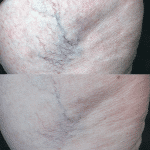
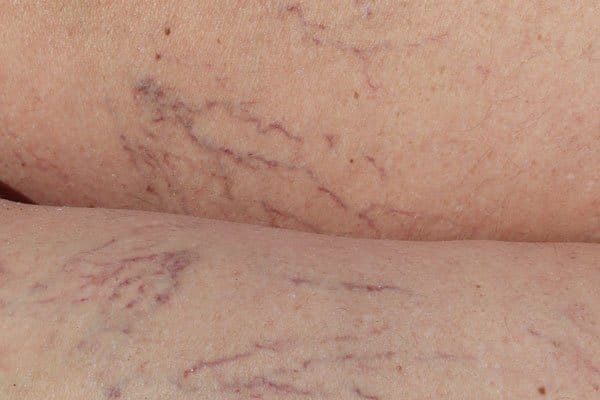
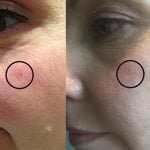
To find your nearest SkinBase stockist offering IPL for thread veins please contact us here and we will put you in touch.
